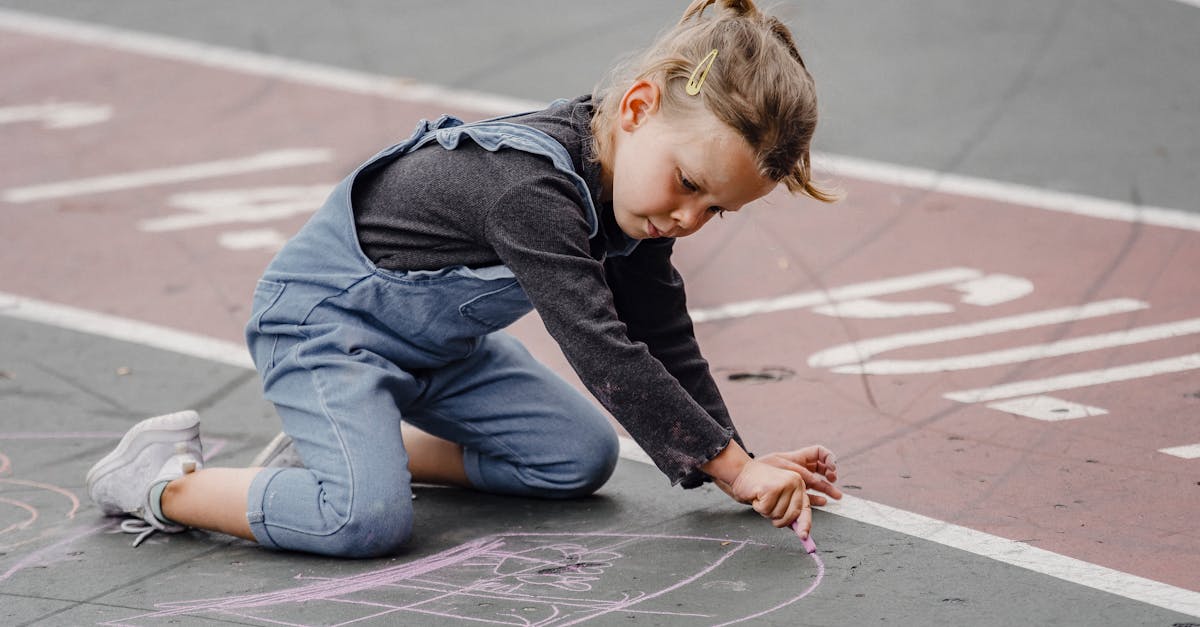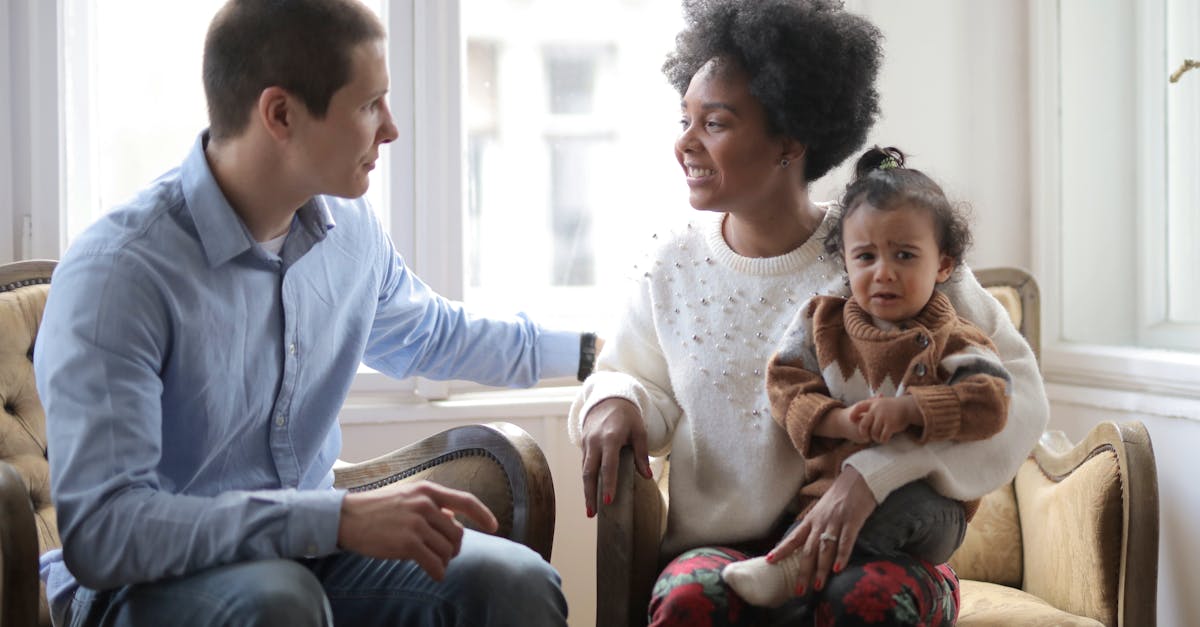Understanding Personal Space
We all need our personal space, even preschoolers! Teaching your child about personal space can be both fun and educational. Think about drawing an imaginary bubble around themselves and explaining that this bubble should not be invaded. Tell them how it’s okay to tell someone if they are too close. This simple activity can prevent unintentional boundary crossing and gives kids a clear way to understand personal space.

The Importance of the Word ‘No’
One of the most powerful words in any language is ‘No.’ It’s crucial your child knows it’s okay to use it. Practice saying ‘No’ with your child in different situations, making it clear they should say it loudly if they feel uncomfortable. This role-playing can help them feel confident and safe. Remember to reassure them that saying ‘No’ is not rude; it’s necessary for their safety.
 —
—
This transformation of the content into HTML format provides a clear structure that emphasizes the importance of teaching children to assert themselves and set boundaries using the word ‘No.’ The addition of an image enhances the visual appeal of the content.
Role-Playing Scenarios
Kids love to play, so why not incorporate some role-playing? Create playful scenarios where your child is the hero setting boundaries. Use dolls, action figures, or even puppets to demonstrate various situations. This role-play is more than just a game; it’s a learning exercise. It can make abstract concepts tangible and show children how to act in real-life situations.

Using Storybooks as Teaching Tools
Storytime is not just for entertainment; it’s an opportunity to teach valuable lessons. Choose storybooks that focus on personal safety and boundaries. Discuss the characters’ actions and choices with your child. Ask questions and let your child express their thoughts. This interactive reading can reinforce the concepts of personal safety and appropriate boundaries in an engaging way.

Using storybooks as teaching tools can create a safe space for children to learn about important topics in a nurturing environment.
Encouraging Open Communication
Encourage your child to share their feelings and thoughts. Creating a safe environment where communication flows freely can make all the difference. Make talking about safety a regular conversation, not just a one-time chat. Use open-ended questions like ‘How do you feel about…’ to draw out their inner thoughts. Making communication a habit instills confidence in your child to speak up in any situation.

Dealing With Emotional Challenges
Emotional hurdles are part of growing up. When teaching personal safety and boundaries, kids might feel scared, confused, or even rebellious. Be patient and understanding. Offer them reassurance and continuously remind them of their strength and courage. Normalize their emotions and provide practical solutions. This approach will help them manage their feelings and develop resilience.

It is essential to acknowledge and address these emotional challenges to support children in their growth and development.
